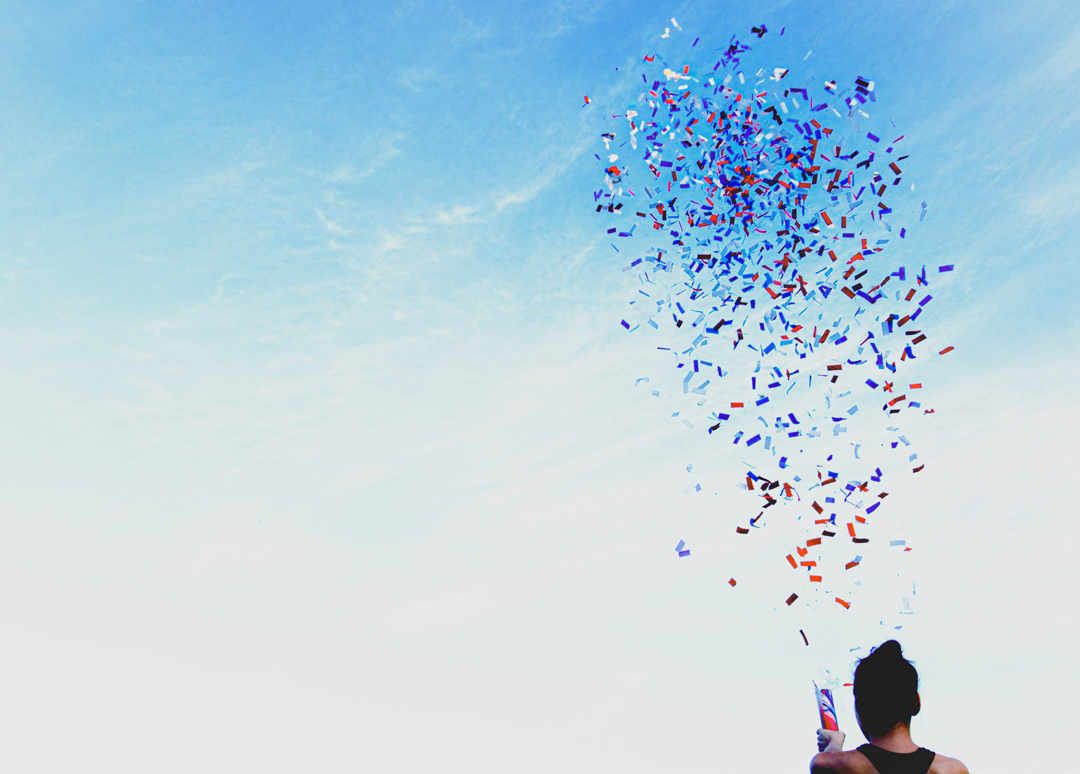Imagine life boiled down to a straightforward decision that we have the power to influence moment by moment. And, even though we have the power to make the decision, most people don’t know it or exercise that choice. Instead, they (understandably) follow the momentum of their brain’s tendencies and never truly make a choice. Others realize the power behind this choice and exercise this choice many, many times daily.
What’s the Choice?
The choice is fundamentally about which end of the stick we choose to investigate. Ultimately, this will create our destiny.
On one end of the life-stick are tendencies of complaining, victimizing, whining, drama, anger, judgment, gossip, and other generally poisonous perspectives. And when I say poisonous, I refer to these negative tendencies’ impact on a full and satisfying life.
Now, on the other end of the life-stick lie the opposites. Here, we find tendencies to see beauty, humor, love, joyfulness, compassion, and other generally nurturing perspectives. When we have nurtured a focus on these thoughts and beliefs, life becomes a beautiful, joyful experience where daily delights surprise you.
Each End of the Stick Creates Its Own Reality
Here’s where it gets interesting, but it also should be blatantly obvious to the keen observer.
Wherever someone settles in their perspective along the continuum from one end of the stick to the other, they develop a life view that becomes their reality. We are all creators of our personal reality, but most don’t recognize it.
Our interpretation of any life event will generally conform to the end of the stick we have made our home. So, if life comes along and something happens, we must bring that into our personal reality with our habitual interpretations and perspectives. If this did not happen, watch out because we are about to change! That would fiercely attack our known reality, and that is very uncomfortable for most of us. Why? Because we like the sense of predictability and believe we are right. Thus, in this personal ‘knowing’ and ‘certainty,’ we tend to naturally hang in the same area of our life-stick.
How Does This Create My Reality, Dr. Cale?
A better question might be, how could it not create my reality?
Indeed, you have seen two opposing sports fanatics watching the same game, having very different opinions about a referee call even after watching the 17 replays.
Similarly, political differences lead to drastic differences in interpreting the same event or speech, with some seeing the same, exact words as favorable and others as horrific.
Finally, perhaps the best example is if you know a natural pessimist, you have likely witnessed positive events occurring in their life and the remarkable ability to find a cynical response. But remember, it’s just the end of the stick that they focus on!
Conversely, if you have the good fortune to be or know a genuinely happy and content person, you may have witnessed some objectively painful events that seem to merge effortlessly into their sense that all is well. Again, it’s the end of the stick they choose to focus on.
But Just How Much Control Do We Have On Where We Find Ourselves On The Life-Stick?
So first, let’s be clear: No one would choose a miserable, negative life if they had immediate access to a fulfilling, joyful life. I get this. And no one is to blame here, as these are habits often picked up from life and family well before we understood what was happening.
But now, as an adult, you do have control. You can exercise choice, even when it’s tough to do so. There are technologies, such as Neurofeedback, that can make this process easier, but either way…you do have a choice.
And yet, it does not seem that way…does it? Changing life patterns is very hard for most.
So why does shifting focus from one end of the stick to the other end of the stick seem so hard?
The Secret: Momentum and How To Change It
The key here is momentum. Brain waves, emotions, and life energy all have a powerful momentum. You know this intuitively as a lousy, negative thought is effortlessly followed by another negative thought, and so on. When we are in a great mood, our thoughts flow easefully with one positive thought after another.
Momentum is an absolute principle; we see this with our clients doing Neurofeedback. Brain wave patterns (that equate to specific emotional states) flow one after the other, and changing that momentum is critical.
Next week, we will dig deeper into how you can change the momentum of thoughts so you can work your way gently toward the end of the life-stick you choose! For now, please know it’s possible to change if you are genuinely committed to living life on the joyful end of the stick. On the other hand, if being a pessimistic curmudgeon is your cup of tea, then you will find that nothing is required to sustain this perspective because momentum will be your curmudgeonly friend!
For the rest of us, we want to learn how to make momentum our friend as we find more and more ease hanging out in joy and satisfaction. If you want to learn more about what we do to promote changes in the brain to make this easier, click here.






